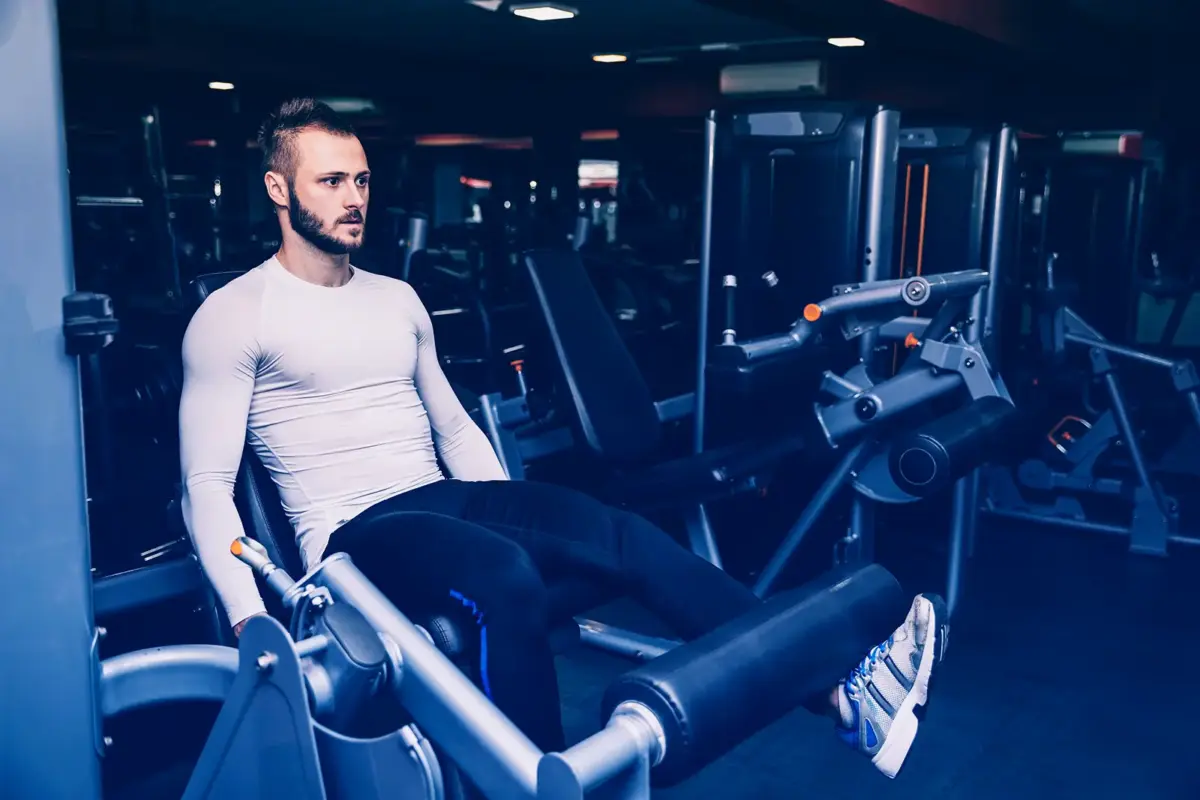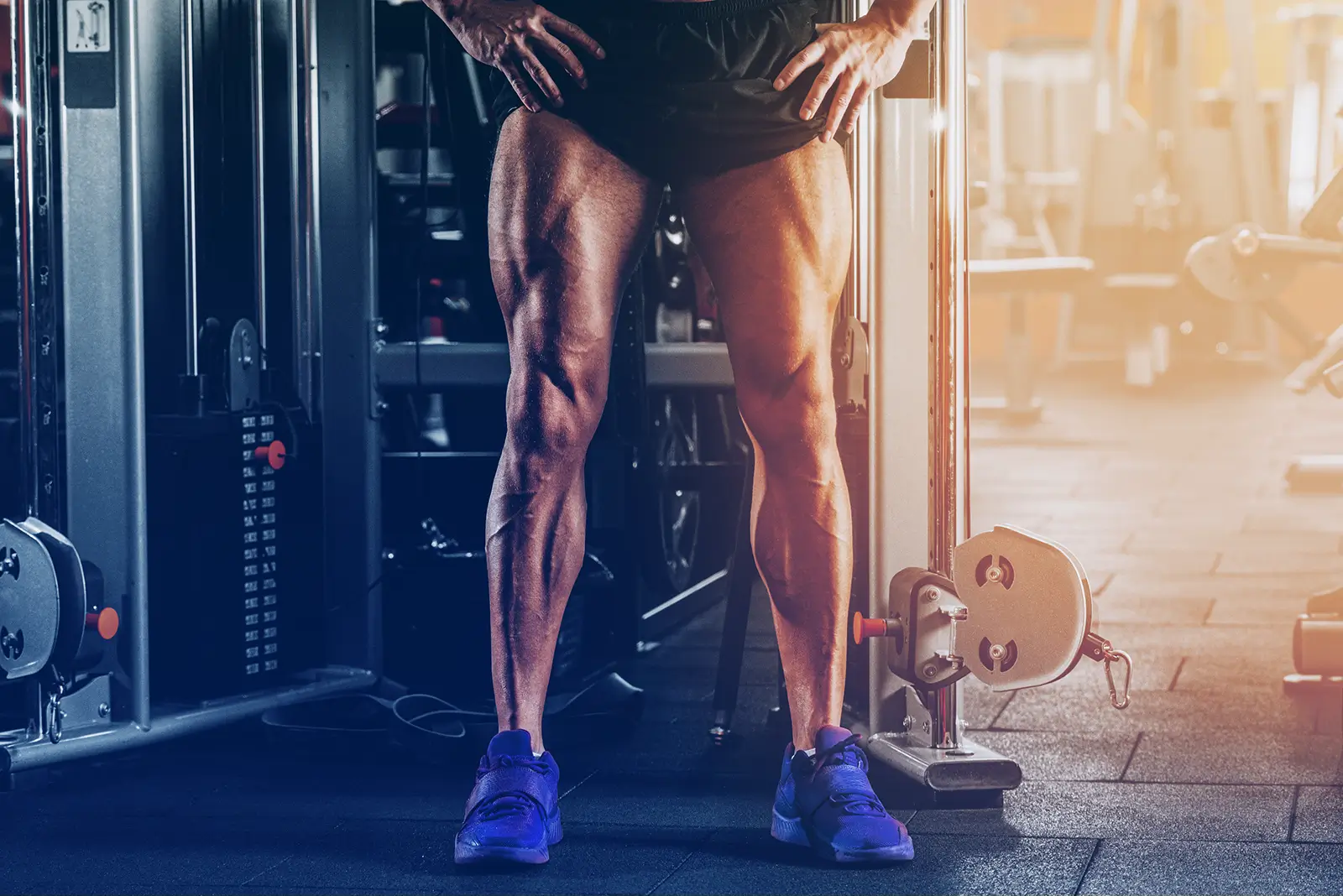This study explored how individuals respond to different progression schemes in resistance training, comparing increases in repetitions with increases in load. While both approaches led to muscle growth, individual responses varied. Interestingly, those who responded better to increasing repetitions showed greater increases in satellite cell content, a change not seen in other groups. So, should you progress your training by adding load or adding reps? Let’s dive in.
Overview
- What did they test? Researchers had 37 untrained men and women complete 10 weeks of unilateral leg extension training 2-3 times per week. One leg progressed by increasing the load, while the other progressed by increasing repetitions. Muscle cross-sectional area of the vastus lateralis was measured via ultrasound, and muscle biopsies were used to assess satellite cell content and other cellular markers. Participants were grouped based on their individual hypertrophy responses into four clusters: “reppers”, “loaders”, “no difference”, and “non-responders”.
- What did they find? Seven participants were classified as “loaders”, 12 as “reppers”, 13 as showing “no difference”, and five as “non-responders”. This means 32 out of 37 participants responded positively to at least one progression model, with around 60% showing a hypertrophic response to both. Within each group, there were no significant differences in volume load between the two legs. The “reppers” , though, showed greater increases in satellite cell count per muscle fiber in the leg trained with increasing repetitions.
- What does it mean for you? This study highlights the importance of individualization in training. While many participants responded well to both progression models, some clearly responded better to one over the other. It reinforces the value of paying attention to how your body responds when trying different approaches, and adjusting your training based on what actually drives your progress.
What’s The Problem?
Training studies usually focus on the average group response to a given intervention. Researchers compare whether one method leads to greater change than another, averaging across all participants. While individual response data is sometimes shown, it’s much less common to see studies that deliberately explore those individual differences.
This study takes a different angle on a previously published dataset 1. In their earlier analysis, the authors found that progressive overload through added repetitions at a fixed load produced similar muscle growth outcomes to overload through added load within a fixed rep range. But did some individuals actually benefit more from one method than the other?
That’s the question this analysis sets out to answer. By grouping participants based on their individual hypertrophy responses, the researchers explored whether any mechanistic differences — revealed through muscle biopsies — could help explain the variation.

Purpose
The primary aim of this study was to compare how individuals respond to hypertrophy training using different progression models, either increasing repetitions or increasing load. A secondary aim was to examine whether these responses were accompanied by differences in satellite cell content or other changes at the cellular level.
Hypothesis
The authors did not state a hypothesis.







